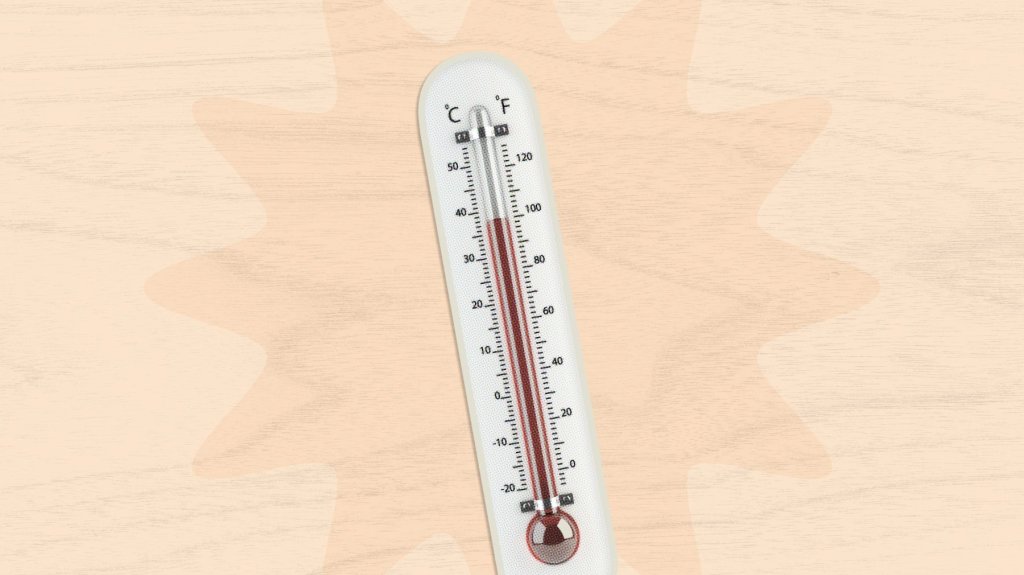OSHA may soon require all employers to have a written plan for heat injury and illness prevention in place. Learn the importance of protecting workers from extreme weather on the jobsite and get free heat safety resources from Raken.
What is a heat injury and illness prevention plan?
A heat injury and illness prevention plan is a formal document outlining the steps a business will take to protect its workers when they are exposed to extreme high temperatures. The goal of heat safety planning is to reduce the risk of heat-related injuries and illnesses like dehydration, heat stress, and heat stroke, all of which can have serious and even fatal consequences.
A heat injury and illness prevention plan may combine preventative measures and resources (like toolbox talks) that help their teams avoid common hazards, identify the signs and symptoms of heat-related illness, and quickly find appropriate assistance when needed.
What is the OSHA rule for heat illness prevention?
In 2024, OSHA proposed a new ruling that would require all employers across industries to establish written heat injury and illness prevention plans. Additionally, employers would be required to enact these plans as soon as any workers will be exposed to temperatures of 80ºF and above for more than fifteen minutes in an hour-long period.
A hearing to discuss the proposed rule was held on July 2, 2025. A post-hearing comment period will be open until September 30, 2025. After all comments have been received and reviewed, OSHA is expected to make a final decision.
While OSHA’s ruling would apply to all businesses in the US, some states, including California, already have their own regulations in place.
How to create a heat illness + injury prevention plan
To get a head start on creating a heat illness and injury prevention plan for your construction company, follow a few simple steps:
1. Include training
One of the most proactive ways to prevent heat-related incidents is by educating your employees. Topics to cover include preventing and recognizing symptoms of heat-related illnesses and how to properly administer aid.
Your heat illness and injury prevention plan may include relevant toolbox talks and other simple yet effective training methods that can be delivered before employees start work in hot weather. Providing quick but thorough reminders of proper safety procedures keeps risks top of mind and promotes safer behavior.
2. Provide adequate hydration
When workers are sweating, dehydration sets in fast and can quickly lead to more serious issues. Determine an effective way to make staying hydrated easy for your employees and include it in your heat safety plan. Depending on the size of your crew and layout of the jobsite, you may provide coolers with water bottles, install a water dispensing system, or invest in a mobile water trailer.
You should also discourage the consumption of caffeinated and sugary beverages, which can accelerate dehydration. While some sugary drinks like Gatorade contain electrolytes that assist hydration, encourage workers to drink water first and supplement with other options second.
3. Use cooling devices
There isn’t much you can do to completely beat the heat when working outside, but you can use different tools and equipment to make sure workers are getting as much airflow as possible. Your heat injury and illness prevention plan should include instructions to utilize extra fans, hot-weather PPE like cooling vests and towels, and portable misters.
4. Enforce regular rest periods
Even with timely training, workers may still ignore or fail to recognize symptoms of heat-related injuries and illness for a variety of reasons.
Building mandatory rest periods into your safety plan reduces the risk that employees will push themselves to dangerous limits. Set defined rules for how long employees should work in hot temperatures before they need to take a quick rest. Typically, a 15 minute break for every two hours of labor is sufficient, but the hotter it gets, the more breaks workers will likely need.
Make sure you also provide a space for breaks that is as removed from the heat as possible, whether it's an air-conditioned shed, a shaded area, or a spot near a fan with plenty of drinking water available.
5. Define conditions for stopping work
You can’t control the weather, and despite best efforts to keep workers safe, sometimes it’s better to delay tasks rather than put your employees at risk.
When should your employees stop work altogether? Is it during peak hours of heat each day, or is it when a specific temperature is reached? These answers may differ depending on your location, the type of work you do, and the type of equipment or PPE your workers need to use. A heat safety plan will include rules for specific situations, so there’s no guessing needed in the moment.
If you’re facing a long period of extreme heat, you may need to implement a different schedule entirely. Workers can start work earlier or later than usual, you can schedule more frequent shift changes, or make other adjustments that will prevent employees from working in overly dangerous conditions.
Make Raken a part of your heat illness prevention plan
Raken’s all-in-one construction safety app helps make sure you’re meeting OSHA requirements for heat injury and illness prevention.
Get toolbox talks, checklists, observations, and incident reports in one, easy-to-use tool designed for the field. Plus, monitor compliance at a glance and gain actionable insights with a visual safety and quality dashboard.
Try it today
Get our free heat safety plan toolkit, featuring 3 different toolbox talks and an attendance sheet to include in your plan.
